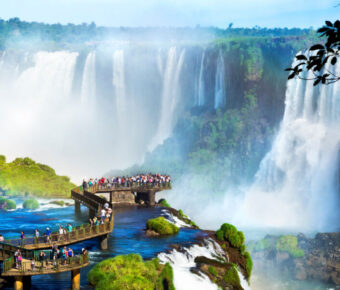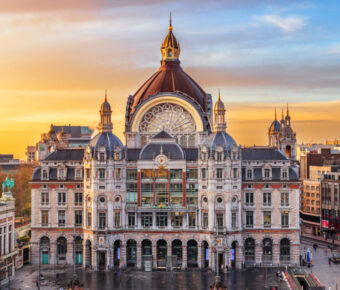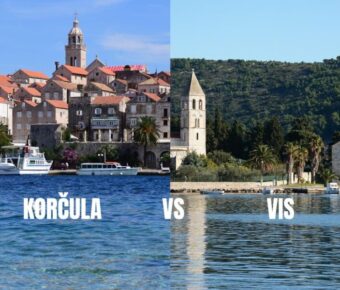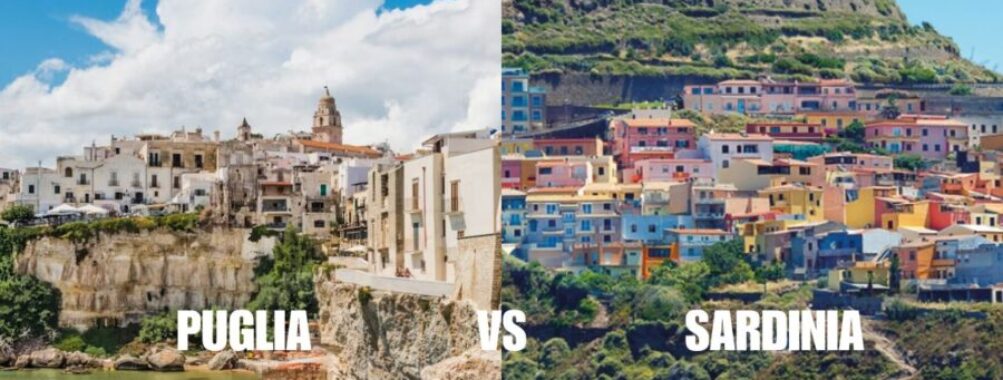
Puglia vs Sardinia Travel: 7 Key Differences for Your 2025 Trip
Trying to choose between Puglia and Sardinia? It’s not just a toss-up on a map.
If you’re after rich history, charming towns, and great food mixed with beautiful beaches, Puglia’s probably your best bet. But if you crave wild nature and world-class beaches, Sardinia wins hands down.
Both serve up sunshine, clear seas, and plenty of those “wish you were here” moments, but they do it in wildly different ways.
In Puglia, you’ll wander through whitewashed villages, taste olive oil straight from the press, and swim off rocky coves that locals have loved for generations.
Sardinia feels remote—long, empty beaches, water so blue it almost looks fake, and little fishing towns where today’s catch ends up on your plate.
Table of Contents
- Key Takeaways
- Puglia vs Sardinia: Quick Comparison
- Location and Accessibility
- Best Time to Visit
- Travel Costs and Value
- Top Destinations and Highlights
- Must-See Places in Puglia
- Must-See Places in Sardinia
- Hidden Gems and Off-the-Beaten-Path Spots
- Scenery and Natural Wonders
- Beaches and Coastlines
- Cliffs and Caves
- National Parks and Nature Reserves
- Culture, History, and Architecture
- Historic Cities and Towns
- Unique Local Traditions
- Architectural Highlights
- Food, Wine, and Culinary Experiences
- Signature Dishes and Local Specialties
- Wine Regions and Tastings
- Food Markets and Authentic Dining
- Day Trips and Regional Connections
- Exploring Nearby Regions
- Connections to Sicily and Campania
- Island Hopping and Coastal Drives
- Frequently Asked Questions
- What are the top cultural differences between Puglia and Sardinia to consider when planning a visit?
- Can you highlight the unique culinary experiences that distinguish Puglia from Sardinia?
- What are the hidden gems in Puglia and Sardinia that most tourists don’t know about?
- How do the coastal landscapes of Puglia compare to the beaches of Sardinia for a summer holiday?
- What are the best times of year to visit Puglia and Sardinia for optimal weather and fewer crowds?
- Could you provide insight into the local festivals or events exclusive to Puglia and Sardinia that travelers should not miss?
- Book Your Dream Experience
- More Travel Guides
Key Takeaways
- Puglia blends history, culture, and coastline in one trip
- Sardinia offers some of Europe’s most stunning beaches
- Your choice depends on whether you value culture or pure seaside escape
Puglia vs Sardinia: Quick Comparison
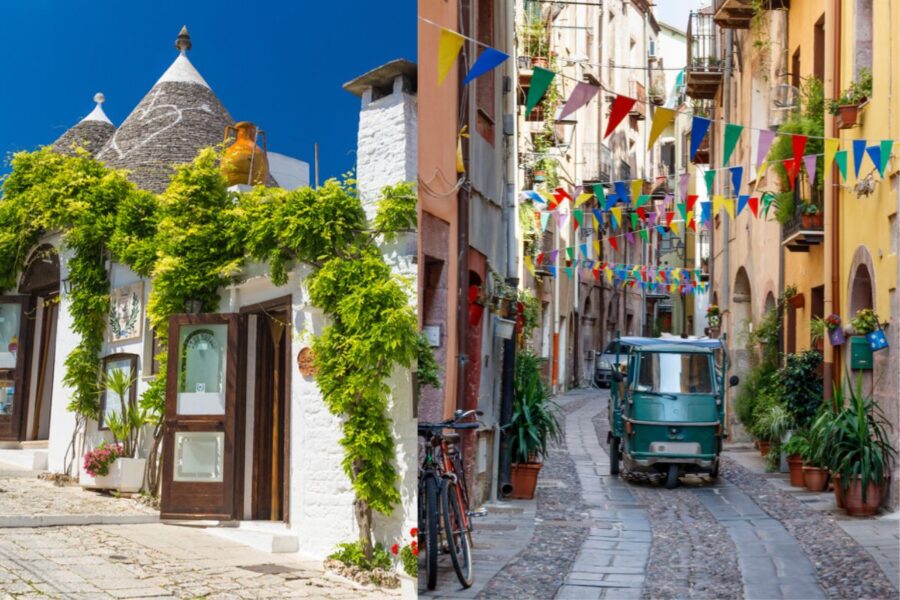
Puglia and Sardinia both promise beautiful coastlines, rich food traditions, and unique cultural experiences.
They differ when it comes to accessibility, climate, and travel costs.
Your decision will probably hinge on how you want to balance beaches, culture, and convenience.
Location and Accessibility
Puglia (or Apulia, if you want to sound fancy) sits in the heel of Italy’s boot.
Fly into Bari or Brindisi—both airports are served by budget and national airlines.
Trains connect most towns pretty well, so you can get around without renting a car, though some rural places are tricky to reach.
Sardinia’s an island, so you’ll need to hop on a flight or ferry.
Main airports are Cagliari, Olbia, and Alghero.
Public transport is there, but outside main towns, it’s patchy—so most travelers end up renting a car if they want to see more than just the beaches.
If you’re coming from elsewhere in Europe, low-cost airlines often have direct routes to both regions.
For the best flight deals, check cheap flights early—last-minute bargains are rare.
Best Time to Visit
Puglia gets seriously hot in July and August, making sightseeing feel like a workout.
Late spring (May–June) and early autumn (September–October) are way more comfortable, with warm seas and fewer crowds.
Sardinia’s summers are hot too, but sea breezes keep the coast feeling cooler.
The island’s beaches shine brightest in June and September, when the water’s warm but crowds are thinner.
If you want to swim and explore without paying high-season prices, both regions reward a visit outside mid-summer.
Honestly, September is my sweet spot—long, sunny days, and you can actually find a spot on the sand without a wrestling match.
Travel Costs and Value
Puglia is generally more affordable than Sardinia for food, lodging, and transport.
You’ll find loads of family-run hotels and guesthouses, and even in hotspots like Polignano a Mare, prices stay reasonable if you book early on Booking.com.
Sardinia’s more expensive, especially around Costa Smeralda.
Dining and hotels get pricey in August, and car rental bumps up your costs.
Still, you can find good value if you venture to the west coast or inland villages.
If you’re flexible with location and dates, both regions can fit a range of budgets—but Puglia usually stretches your euro further.
Top Destinations and Highlights
Puglia and Sardinia have their own rhythms.
One draws you in with whitewashed towns and olive groves, the other with rugged coastlines and turquoise coves.
Both reward travelers who veer off the main tourist path.
Must-See Places in Puglia
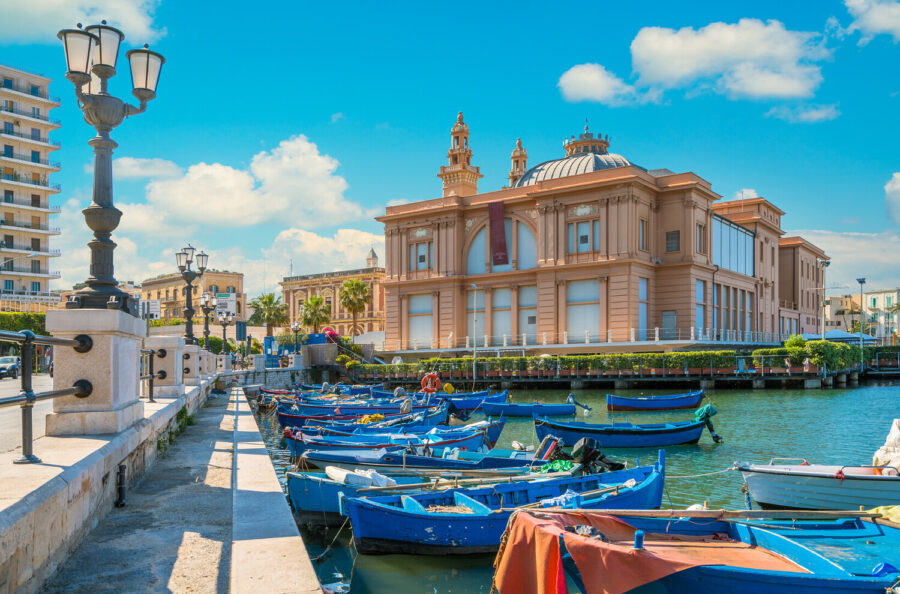
Start in Bari, the region’s capital, with its old town maze and waterfront promenade.
From there, the Valle d’Itria is a must—especially Alberobello, famous for its cone-shaped trulli houses.
Don’t skip Ostuni, the “White City,” perched on a hill with sweeping Adriatic views.
Down south, the Salento peninsula has towns like Gallipoli and Lecce—the latter’s known for its ornate Baroque facades.
After dramatic coastal scenery? Head to Polignano a Mare, where the old town clings to limestone cliffs above crystal water.
Up north, the Gargano area feels wilder, with forested hills and hidden beaches.
Booking a local day trip helps you cover more ground without the stress of driving.
Must-See Places in Sardinia

Cagliari, the island’s capital, is a good entry point—hilltop Castello district, lively markets, the works.
Heading north, Olbia is the gateway to the Costa Smeralda (Emerald Coast), a stretch of white sand and clear, photogenic water.
On the northwest coast, Alghero blends Catalan heritage with Italian charm.
Its old town has cobbled streets, sea walls, and plenty of seafood joints.
Further south, Bosa stands out with pastel-colored houses along the Temo River.
The beaches steal the show—from the soft sands of La Pelosa to secluded coves you can only reach by boat.
Want to see more remote spots? Book guided tours that include smaller islands and coastal hikes.
Hidden Gems and Off-the-Beaten-Path Spots
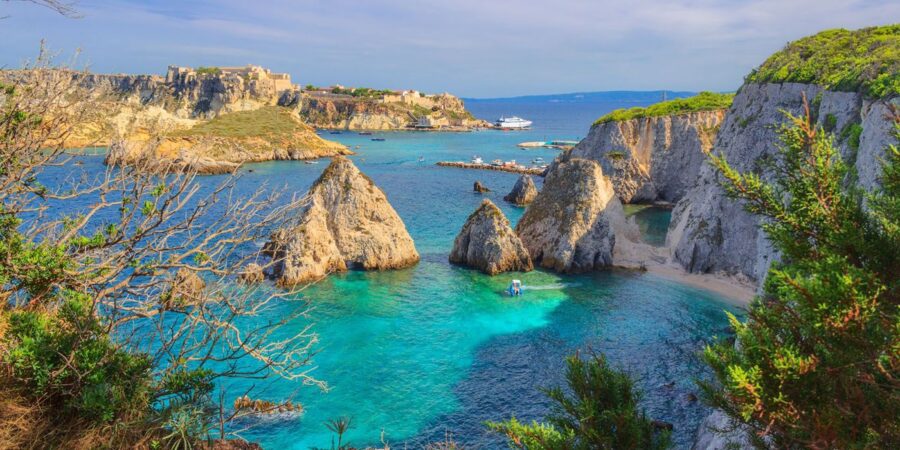
In Puglia, the fishing village of Monopoli gets overshadowed by nearby Polignano, but its harbor and old town are just as charming.
The Tremiti Islands, off the Gargano coast, offer quiet beaches and clear water without the crowds.
Sardinia’s inland Barbagia region feels like another world.
You’ll find mountain villages, traditional crafts, and hearty food.
The island of San Pietro, with its main town Carloforte, runs at a slower pace and has Ligurian roots.
If you’re up for a drive, both regions hide small towns where time seems to stand still.
You might end up sitting in a café for hours, just watching life unfold.
Scenery and Natural Wonders
Puglia and Sardinia can both stop you in your tracks, but for totally different reasons.
One leans into whitewashed coastlines and hidden sea caves.
The other dazzles with granite cliffs and water so clear you can see the sand ripple under your toes.
Beaches and Coastlines
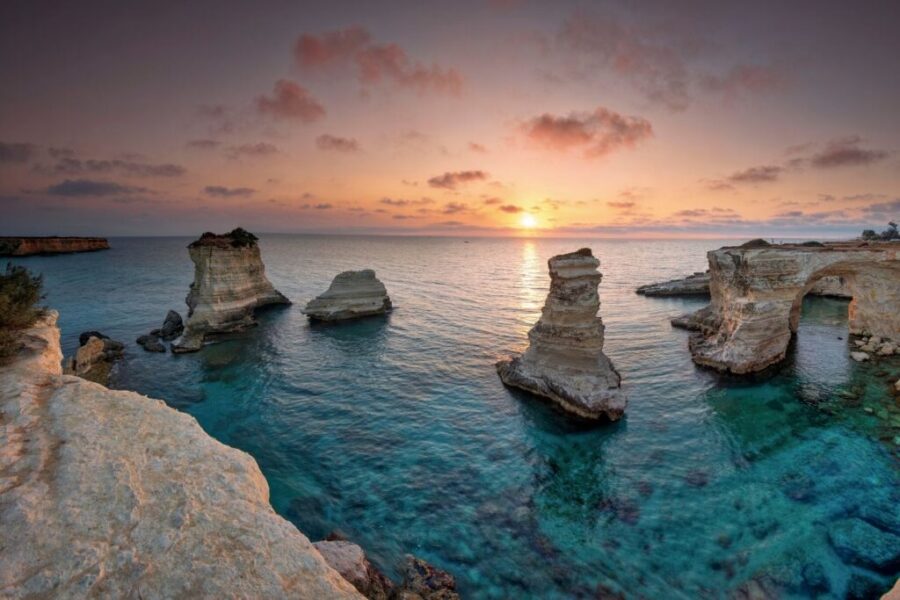
If you’re chasing long, sun-drenched stretches of sand, Puglia’s Salento Peninsula delivers.
Towns like Otranto and Pescoluse (“the Maldives of Italy,” locals brag) have calm, shallow water perfect for swimming.
The coastline feels lived-in, with fishing boats bobbing offshore and cafés right on the sand.
Sardinia’s Costa Smeralda is a different vibe—more rugged, with little coves tucked between granite outcrops.
The water has that unreal turquoise hue you see in travel brochures—except it’s actually real.
Some beaches, like Spiaggia del Principe, require a short walk, but that’s part of the adventure.
Keep in mind: Sardinia’s beaches feel more secluded, while Puglia’s are easier to reach if you’re hopping from town to town.
So if you like your beach days mixed with a bit of sightseeing, Puglia might be the easier fit.
Cliffs and Caves

Puglia’s Gargano Peninsula is where you’ll find dramatic white limestone cliffs plunging into the Adriatic.
Boat trips from Vieste take you into sea caves where sunlight filters through cracks in the rock.
I still remember ducking through a narrow opening and suddenly finding myself in a hidden pool of emerald water.
Sardinia has its own showstoppers.
The cliffs near Cala Gonone rise steeply above the Gulf of Orosei, with caves like Bue Marino only reachable by boat.
The scale here feels bigger—taller cliffs, deeper caves, and a stronger sense of isolation.
If you’re into photography, Gargano’s cliffs have a softer, almost chalk-white glow.
Sardinia’s are sharper and more rugged.
Both are stunning, but they set very different moods.
National Parks and Nature Reserves
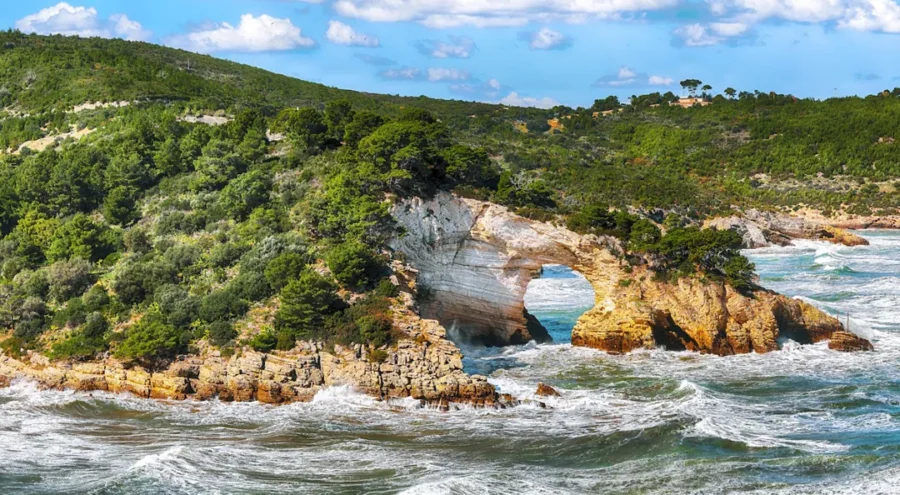
Puglia’s Gargano National Park mixes coastal scenery with inland forests and small hill towns.
You can hike in the Umbra Forest in the morning and swim in the Adriatic by afternoon.
It’s compact enough to explore without feeling rushed.
Sardinia’s La Maddalena Archipelago National Park is pure island beauty—granite islands scattered in crystal-clear water, only reachable by boat.
It’s paradise for snorkeling, with fish darting between underwater rocks.
For something wilder, Sardinia’s Gennargentu National Park covers mountains, gorges, and rare wildlife.
You won’t find high-altitude terrain like that in Puglia.
But Puglia’s parks are easier to explore without a car, which is a big plus if you’re traveling light.
Culture, History, and Architecture
Both Puglia and Sardinia have roots deep in ancient civilizations, but they show their history in different ways.
One leans into ornate baroque facades and whitewashed hill towns.
The other preserves fortified ports and colorful fishing villages shaped by centuries of maritime trade.
You’ll notice the contrast as soon as you arrive.
Historic Cities and Towns
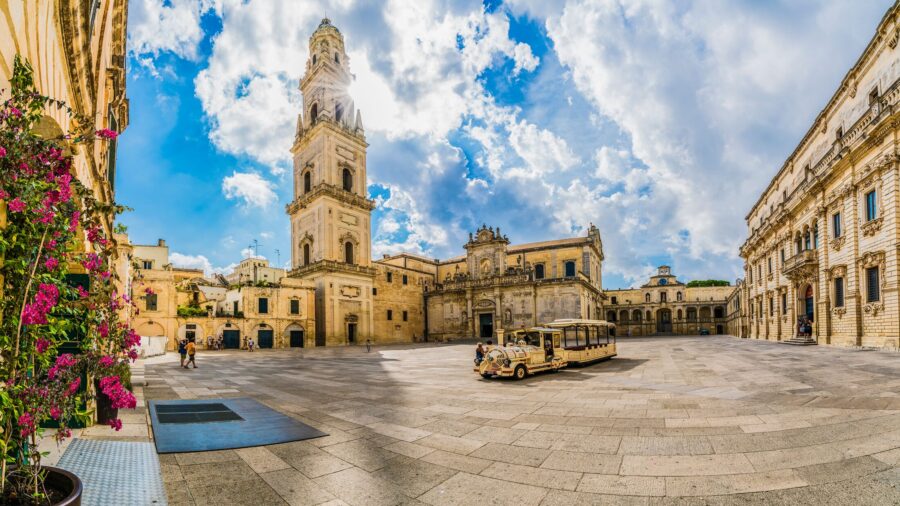
In Puglia, cities like Lecce feel like open-air museums.
The baroque stonework is so detailed you’ll stop every few steps just to stare.
Ostuni, with its whitewashed houses piled on a hill, is made for slow wandering and epic sea views.
Then there’s Alberobello in the Valle d’Itria, famous for its conical trulli houses.
Yes, it’s touristy, but honestly, there’s nowhere else in Italy quite like it.
Bari, the region’s capital, packs a compact old town full of grand churches, narrow lanes, laundry lines, and the aroma of fresh bread.
Sardinia’s historic towns feel different—less polished, more tied to the sea.
Alghero still shows off its Catalan influence in both architecture and street signs.
Bosa, with pastel houses along the Temo River, has a mix of medieval and coastal charm that’s honestly hard to overstate.
Unique Local Traditions
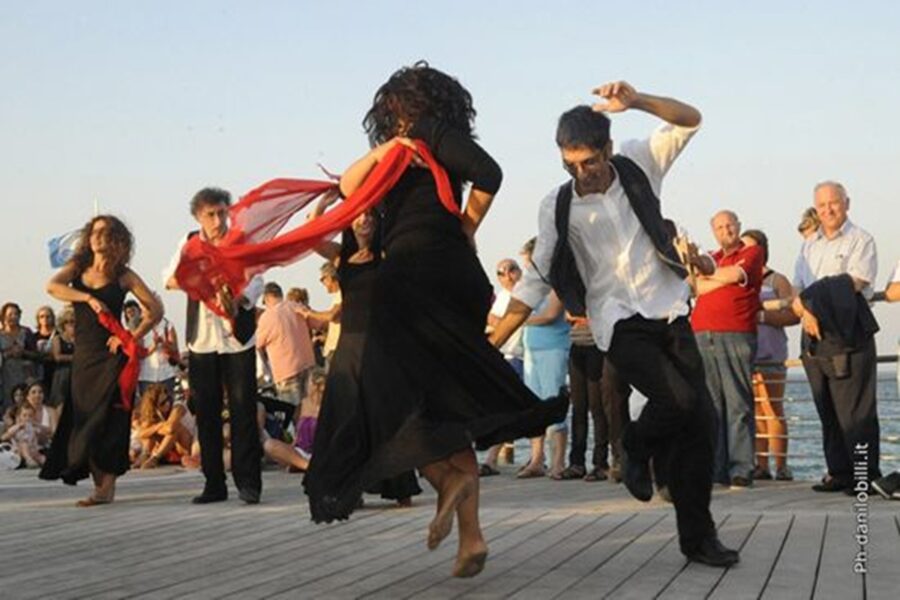
Puglia’s traditions often tie back to agriculture and religion.
You’ll see olive harvest festivals, folk dances like the pizzica, and Easter processions that pull in the whole town.
Food is a big deal—locals love making orecchiette pasta by hand, sometimes right out on the street.
In Sardinia, traditions feel more insular, shaped by island life.
Villages still host festivals with wild costumes and masks, some dating back to pre-Christian times.
The Sartiglia in Oristano, for instance, is a medieval horseback tournament that’s still going strong.
If you’re lucky, you might stumble into a small-town celebration in either region.
These aren’t tourist shows—they’re just part of daily life, and that’s what makes them stick in your memory.
Architectural Highlights
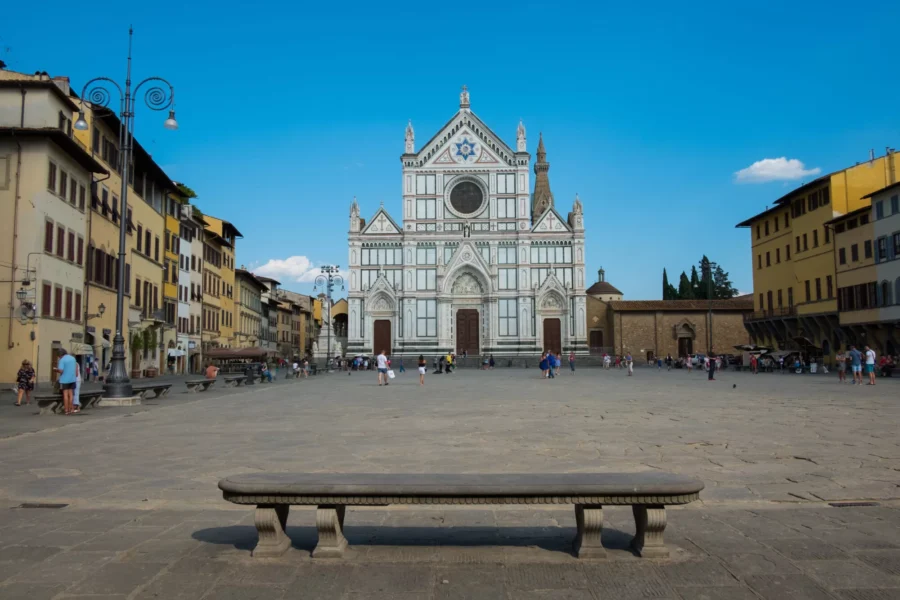
Puglia’s architecture? It’s a wild mash-up of Greek, Roman, and later baroque flavors. In Lecce, churches like Basilica di Santa Croce show off carved stone animals, fruit, and scrolls that almost seem to wiggle in the sunlight.
The trulli of Alberobello—those dry-stone huts with cone hats—have UNESCO status for good reason. They’re quirky, practical, and pretty photogenic.
Sardinia tells a different story in stone. You’ll stumble across nuraghe—ancient, mysterious towers from the Bronze Age—dotting the countryside.
In coastal towns like Alghero, thick old walls and watchtowers remind you of the Aragonese era.
Head inland and you’ll notice Romanesque churches built from dark volcanic rock, which feels both somber and kind of magical.
Puglia’s buildings adapt to the heat and fierce light. Sardinia’s, on the other hand, hunker down against wind and salt spray.
Food, Wine, and Culinary Experiences
Food traditions run deep in both Puglia and Sardinia, and you can taste the history in almost every bite. Puglia’s all about fresh vegetables, olive oil, and handmade pasta.
Sardinia leans into seafood, sheep’s milk cheese, and rustic breads—no surprise, given it’s an island. Wine matters in both, but the grapes and styles? They’re their own beasts.
Signature Dishes and Local Specialties
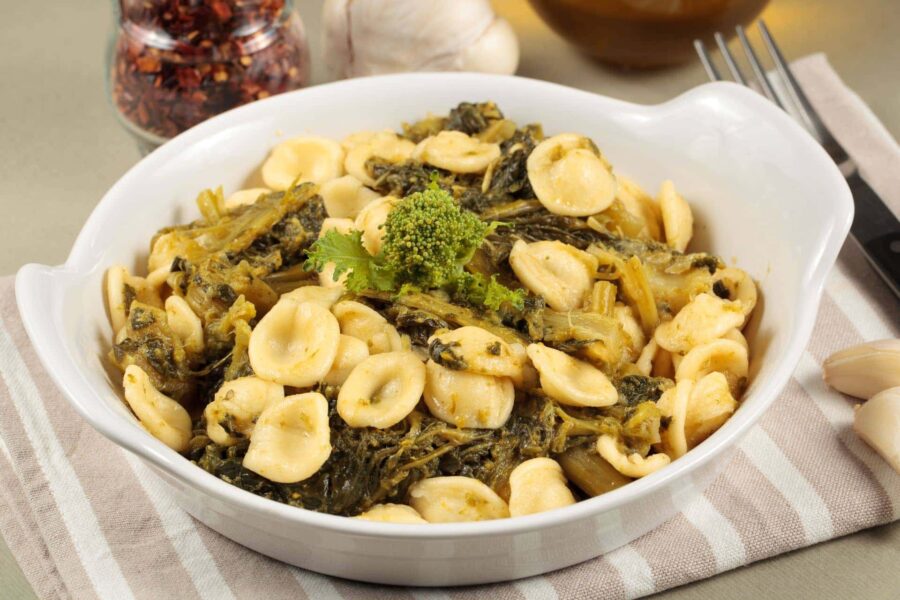
In Puglia, you’ll spot orecchiette pasta everywhere. It’s usually paired with broccoli rabe, garlic, and a kick of chili.
Altamura’s bread, made from durum wheat, is legendary for its thick, chewy crust.
Along the coast, seafood rules, but head inland and you’ll find lamb, beans, and whatever veggies are in season. Olive oil here isn’t just good—it’s ancient, with some of the oldest trees in the world.
Sardinia’s food? It’s got a rustic, pastoral vibe. Porceddu—slow-roasted suckling pig—shows up at big gatherings.
You’ll find pecorino sardo and fiore sardo cheese on almost every table.
Flatbreads like pane carasau get served with soups or just as snacks.
Coastal Sardinia puts lobster, bottarga (that’s cured fish roe), and simply grilled fish with lemon and herbs on your plate.
Wine Regions and Tastings
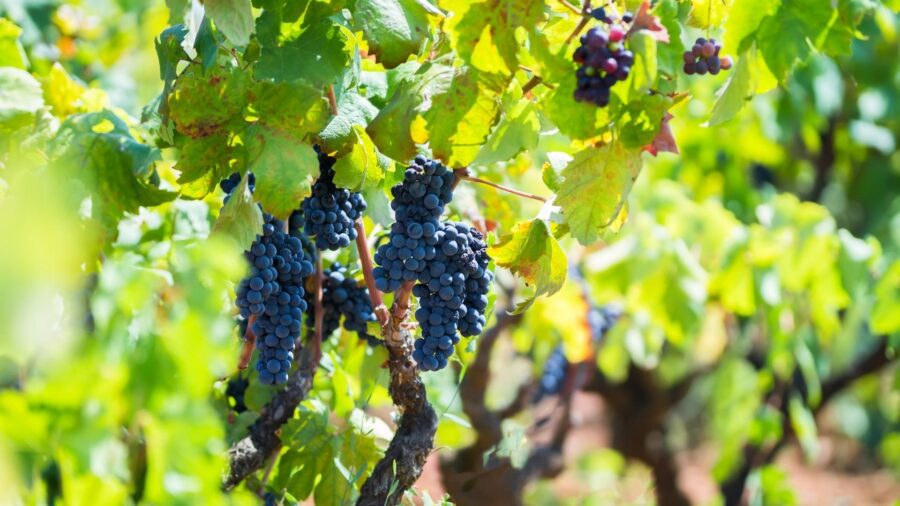
Puglia turns out a ton of wine, and the quality’s only gotten better. Salento is famous for big reds like Primitivo and Negroamaro.
The hot, dry climate means the wines are bold and full-bodied. Lots of small, family wineries open their doors for tastings—don’t be shy about stopping in.
Sardinia’s wine scene might surprise you. Cannonau is the go-to red, a little spicy, medium-bodied, and just right with local food.
Up north, Vermentino di Gallura turns out crisp, citrusy whites, perfect for seafood.
If you’re after a wine-focused trip, hunt for cheap flights early—low fare alerts can help you save your euros for more tastings.
Food Markets and Authentic Dining

Puglia’s markets overflow with tomatoes, artichokes, and olives in every color. In Lecce and Bari, morning markets buzz as locals pick up fish and veggies for the day.
Street vendors fry up panzerotti—dough pockets oozing with cheese and tomato.
Sardinia’s markets lean more into cured meats, mountain cheeses, and wildflower honey. In Cagliari, San Benedetto Market is massive—rows and rows of seafood, produce, and the odd surprise.
For real-deal dining, hunt down agriturismi in both regions. These are farm restaurants where you eat what they grow or raise right there.
Meals tend to be set menus, and honestly, it feels more like you’re at someone’s family table than out at a restaurant.
Day Trips and Regional Connections
Traveling in Puglia or Sardinia gives you more than beaches and sleepy towns. You’re within reach of some of Italy’s most famous sights and regions—if you’re willing to plan a little.
Exploring Nearby Regions
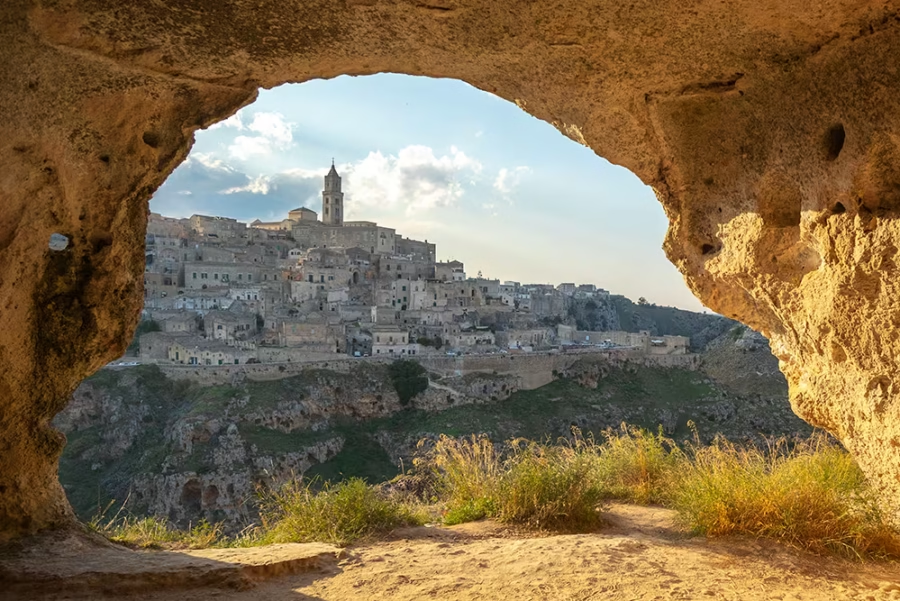
In Puglia, you’re close to Basilicata—especially Matera, with its cave dwellings. It’s about 1.5 to 2 hours’ drive from Bari or Brindisi, so an easy day trip.
The Valle d’Itria is also close. You can hop between towns like Alberobello (those Trulli houses) and Locorotondo without much fuss.
In Sardinia, “nearby” usually means within the island. You might cruise from the Costa Smeralda to mountain villages in Barbagia, or swing over to the west coast for quieter beaches.
Just know—Sardinia’s roads aren’t fast, so factor in extra time if you’re venturing far.
Connections to Sicily and Campania
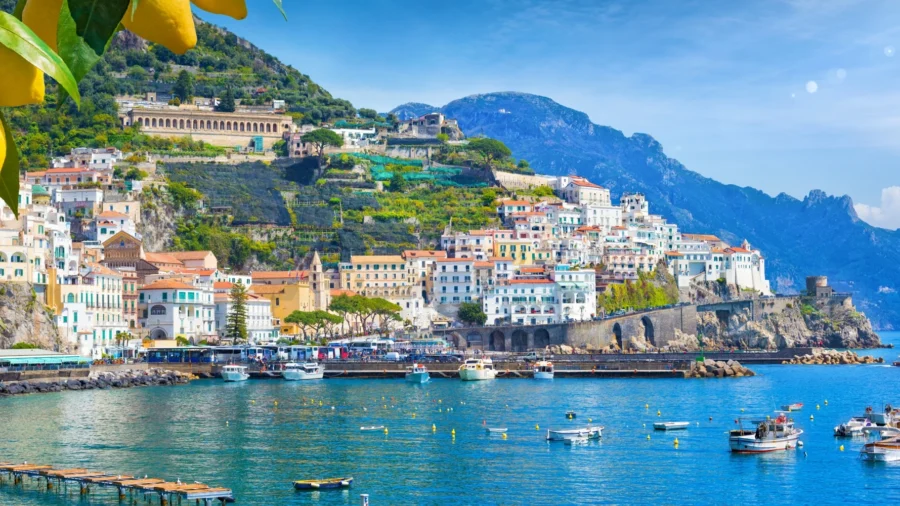
From Puglia, ferries run to Sicily, but honestly, flights are quicker. Bari and Brindisi airports have direct routes to Palermo and Catania.
That means you can pair Puglia’s whitewashed towns with Sicily’s ruins and volcanic landscapes, all in one trip.
Sardinia also links to Sicily by air, but most folks combine it with Campania instead. Short flights take you to Naples, opening up Pompeii and the Amalfi Coast.
Got a layover? You can stash your bags at a luggage storage spot near the station or port and make the most of your time.
Ferries link both regions to mainland Italy, but they’re slow. If you’re tight on time, flying is usually the way to go.
Island Hopping and Coastal Drives
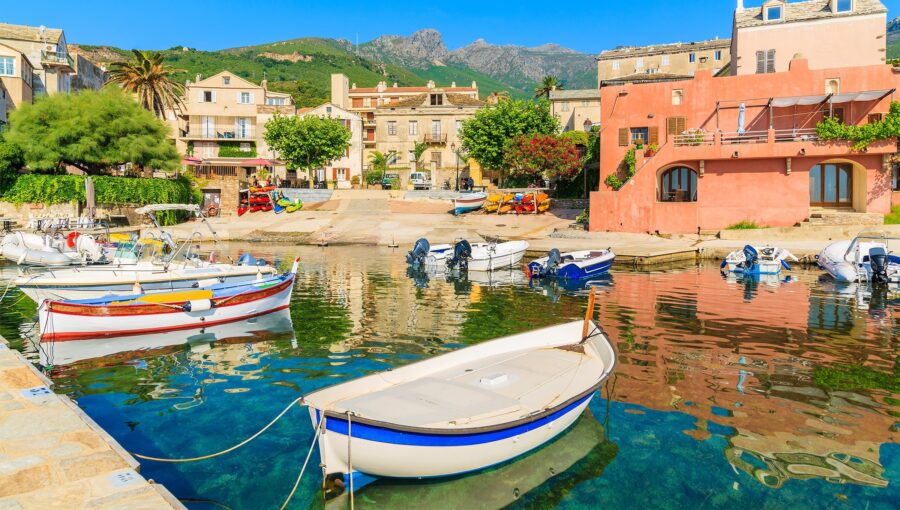
From Sardinia, you can zip to Corsica by ferry in just over an hour from Santa Teresa Gallura. It’s a quick way to dip into French island life for a day.
In Puglia, “island hopping” usually means the Tremiti Islands in the Adriatic. Boats leave from Termoli or Vieste in Gargano.
The Tremiti are small—easy to wander on foot and still make it back the same day.
Both regions have epic coastal drives. Sardinia’s road from Alghero to Bosa? Stunning, with cliffs and sea views that’ll have you pulling over for photos every ten minutes.
Puglia’s stretch between Otranto and Santa Maria di Leuca winds past rocky coves and turquoise water—ideal for slow, meandering drives.
Frequently Asked Questions
Puglia and Sardinia each move to their own beat, shaped by centuries of history and local quirks. The way people live, what’s on the table, and even the scenery—it all feels different.
What are the top cultural differences between Puglia and Sardinia to consider when planning a visit?
In Puglia, you’ll pick up on a strong connection to mainland Italy. Lecce and Bari have centuries-old buildings, lively piazzas, and a Mediterranean-urban energy.
Sardinia feels more like a world apart. Villages keep their own dialects, and life slows down, especially inland.
It’s remote, with traditions that have stuck around thanks to a bit of isolation.
Can you highlight the unique culinary experiences that distinguish Puglia from Sardinia?
Puglia shines with fresh, simple flavors—orecchiette with turnip greens, burrata, and local olive oil that, honestly, might be the best you’ll ever taste.
Seafood’s big on the coast, but inland you’ll find hearty veggie dishes.
Sardinia goes heavy on meat, especially lamb and suckling pig, and their handmade pasta like malloreddus.
Breads like pane carasau and a surprising range of cheeses pop up everywhere.
Sardinian sweets, loaded with honey and almonds, show up at village festivals and are worth seeking out.
In Puglia, most folks make a beeline for Alberobello, but towns like Locorotondo and Cisternino feel more genuine and way less crowded.
The Gargano Peninsula hides quiet beaches and forest trails that most visitors miss.
Sardinia’s La Maddalena archipelago is gorgeous, but if you wander inland, you’ll stumble on Nuragic ruins like Su Nuraxi—ancient and kind of haunting.
The mountain village of Orgosolo, covered in political murals, is a quirky, offbeat stop.
How do the coastal landscapes of Puglia compare to the beaches of Sardinia for a summer holiday?
Puglia’s coastline shifts as you move. The Adriatic side has cliffs and secret coves, while the Ionian side is all about long, sandy beaches.
Water’s warm and usually calm in summer—honestly, it’s hard to go wrong.
Sardinia’s beaches are famous for a reason. The sand is blindingly white, and the water sometimes looks fake, it’s so clear.
Some of the best spots take a bit of effort—maybe a hike or a boat ride—but they’re worth it.
What are the best times of year to visit Puglia and Sardinia for optimal weather and fewer crowds?
Late May into early June is pretty much perfect—warm enough for the beach, but you’ll dodge the summer crush.
September’s another winner, with pleasant weather and quieter towns.
July and August? Hot and packed, especially along the coast. If crowds aren’t your thing, steer clear of mid-August when Italians take their holidays.
Could you provide insight into the local festivals or events exclusive to Puglia and Sardinia that travelers should not miss?
In Puglia, Bari lights up every May for the Festa di San Nicola. You’ll find processions winding through the streets, live music echoing late, and fireworks that seem to go on forever.
August in Puglia means Notte della Taranta. Locals and visitors crowd together for wild pizzica dancing, and honestly, it’s hard not to get swept up in the energy.
Sardinia throws its own kind of party with the Sartiglia in Oristano. This medieval horse-riding tournament, held during Carnival, feels like stepping into another era.
If you’re around Nuoro in late summer, the Sagra del Redentore is worth a detour.
Locals dress up in vibrant traditional clothes, parading and celebrating with music and heaps of food—if you’re hungry, you’re in luck
